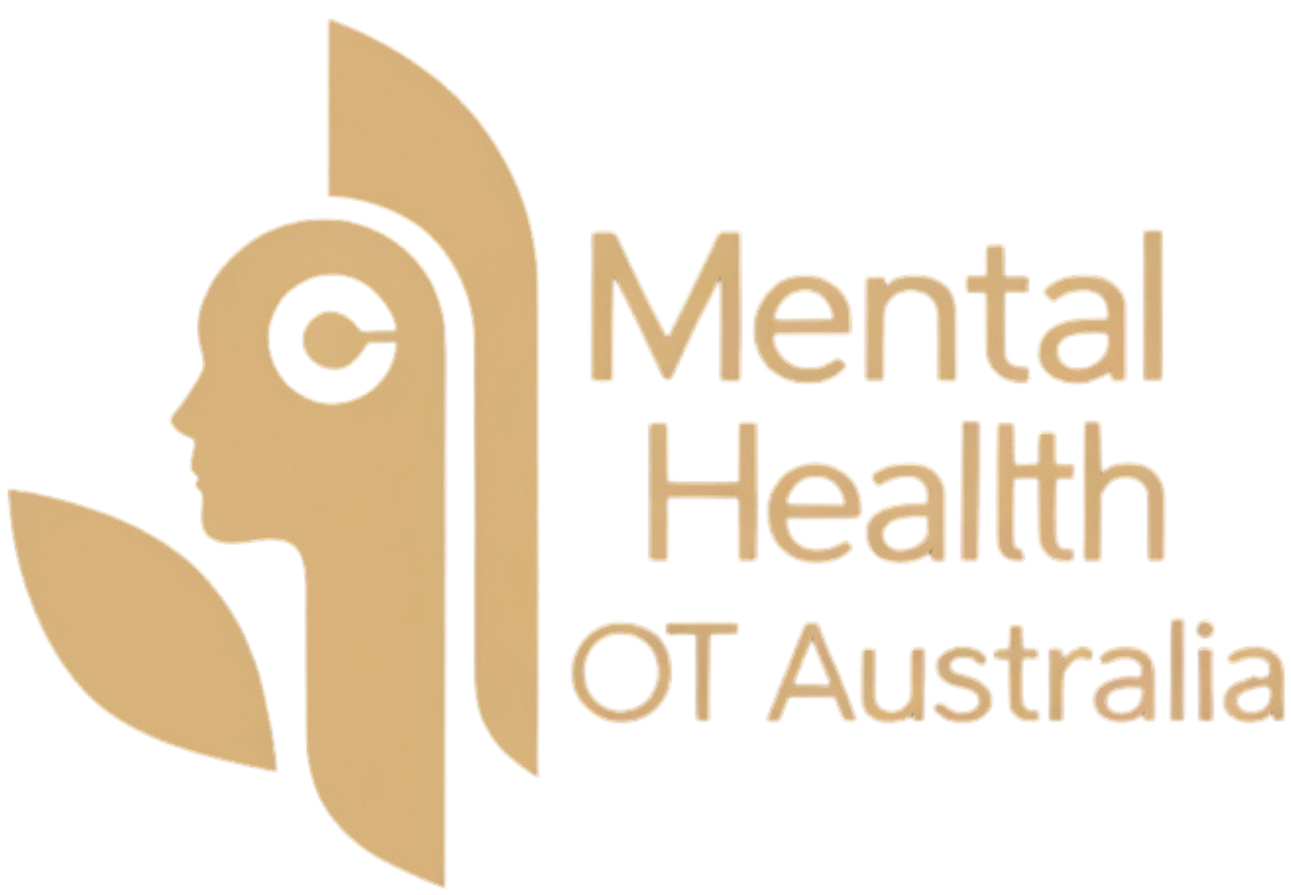Understanding PTSD and Its Impact on Daily Functioning
Post-Traumatic Stress Disorder (PTSD) is a complex mental health condition that can significantly disrupt daily life. Individuals may experience flashbacks, heightened anxiety, and emotional numbness, making routine activities challenging. Occupational therapy offers a holistic approach to help individuals regain control and improve their quality of life.



The Role of Occupational Therapists in PTSD Recovery
Occupational therapists (OTs) are trained to address both physical and psychological aspects of health. In PTSD treatment, OTs focus on helping individuals develop coping strategies, re-establish routines, and engage in meaningful activities, facilitating a path toward recovery.
Key Interventions Used in Occupational Therapy for PTSD
OTs employ various evidence-based interventions tailored to individual needs. These may include stress management techniques, sensory integration therapy, and cognitive-behavioral strategies. By addressing specific triggers and promoting adaptive behaviors, OTs support clients in managing PTSD symptoms effectively.



How Occupational Therapy Supports Long-Term PTSD Recovery
Long-term recovery from PTSD involves rebuilding a sense of normalcy and purpose. Occupational therapy aids this process by assisting individuals in setting achievable goals, enhancing social skills, and fostering independence. Through consistent support, OTs help clients navigate the complexities of daily life post-trauma.
Comprehensive Approaches to Occupational Therapy for PTSD
Personalized Assessment and Goal Setting
The journey begins with a thorough assessment to understand the individual’s specific challenges and strengths. This evaluation informs the development of personalized goals aimed at improving daily functioning and overall well-being.
Developing Coping Strategies
OTs work collaboratively with clients to identify stressors and develop effective coping mechanisms. Techniques such as mindfulness, relaxation exercises, and time management skills are taught to help manage anxiety and prevent overwhelm.Uncover Mental
Re-establishing Daily Routines
Reintegrating into daily life is a critical aspect of PTSD recovery. OTs assist clients in creating structured routines that promote stability and predictability, which are essential for reducing anxiety and enhancing a sense of control.Verywell Mind
Enhancing Social Participation
Social isolation is common among individuals with PTSD. Occupational therapy interventions focus on building social skills and confidence, enabling clients to engage in community activities and rebuild relationships.
Environmental Modifications
OTs assess the client’s living and working environments to identify potential triggers. Modifications, such as reducing noise levels or reorganizing spaces, are implemented to create a more supportive and calming atmosphere.Uncover Mental Health Counseling
Integrating Technology in Therapy
Innovative tools, including virtual reality and biofeedback, are increasingly incorporated into occupational therapy for PTSD. These technologies offer immersive experiences that help clients confront and process traumatic memories in a controlled setting.Verywell Mind
FAQs
Q1: How does occupational therapy differ from other PTSD treatments?
Occupational therapy focuses on improving daily functioning and quality of life by addressing the practical challenges associated with PTSD. Unlike traditional talk therapies, OT emphasizes skill-building and environmental adaptations to support recovery.
Q2: Can occupational therapy be combined with other treatments?
Yes, occupational therapy is often integrated with other forms of treatment, such as psychotherapy or medication. This multidisciplinary approach ensures comprehensive care tailored to the individual’s needs.Join AOTA to Fuel Your Passion | AOTA+4Uncover Mental Health Counseling+4health.com+4
Q3: Is occupational therapy suitable for all individuals with PTSD?
Occupational therapy is beneficial for individuals at various stages of PTSD recovery. OTs customize interventions based on the client’s specific circumstances, making it a versatile option for many.

